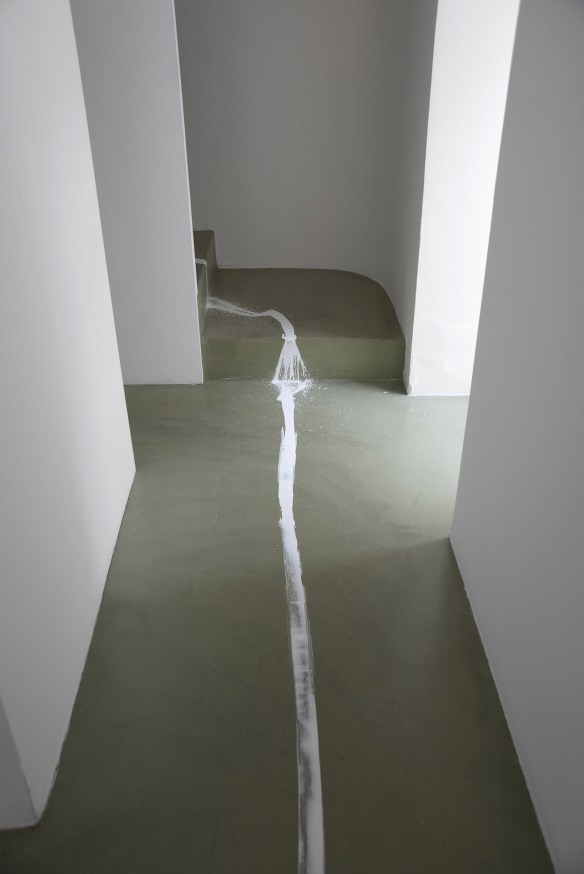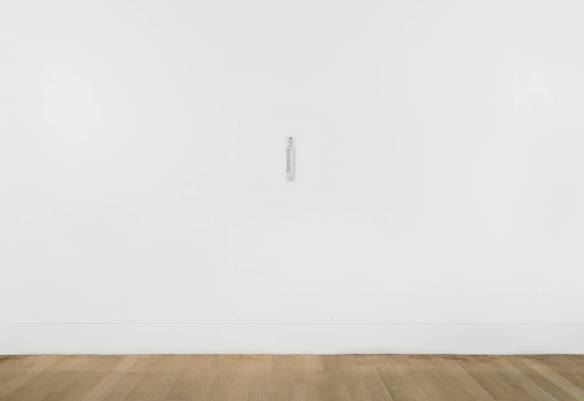Ceal Floyer, Talking a Line for a Walk, 2008
There are lots of drawings that fit neatly under Klee’s description of ‘taking a line for a walk’ but few that do it quite as literally as Ceal Floyer’s Taking a Line for a Walk, in which a line painting machine of the sort normally used to mark out tennis courts and the like is walked through the gallery space leaving a trace that takes the audience on a journey through the space.




 Ceal Floyer, Overhead Projection, 2006
Ceal Floyer, Overhead Projection, 2006